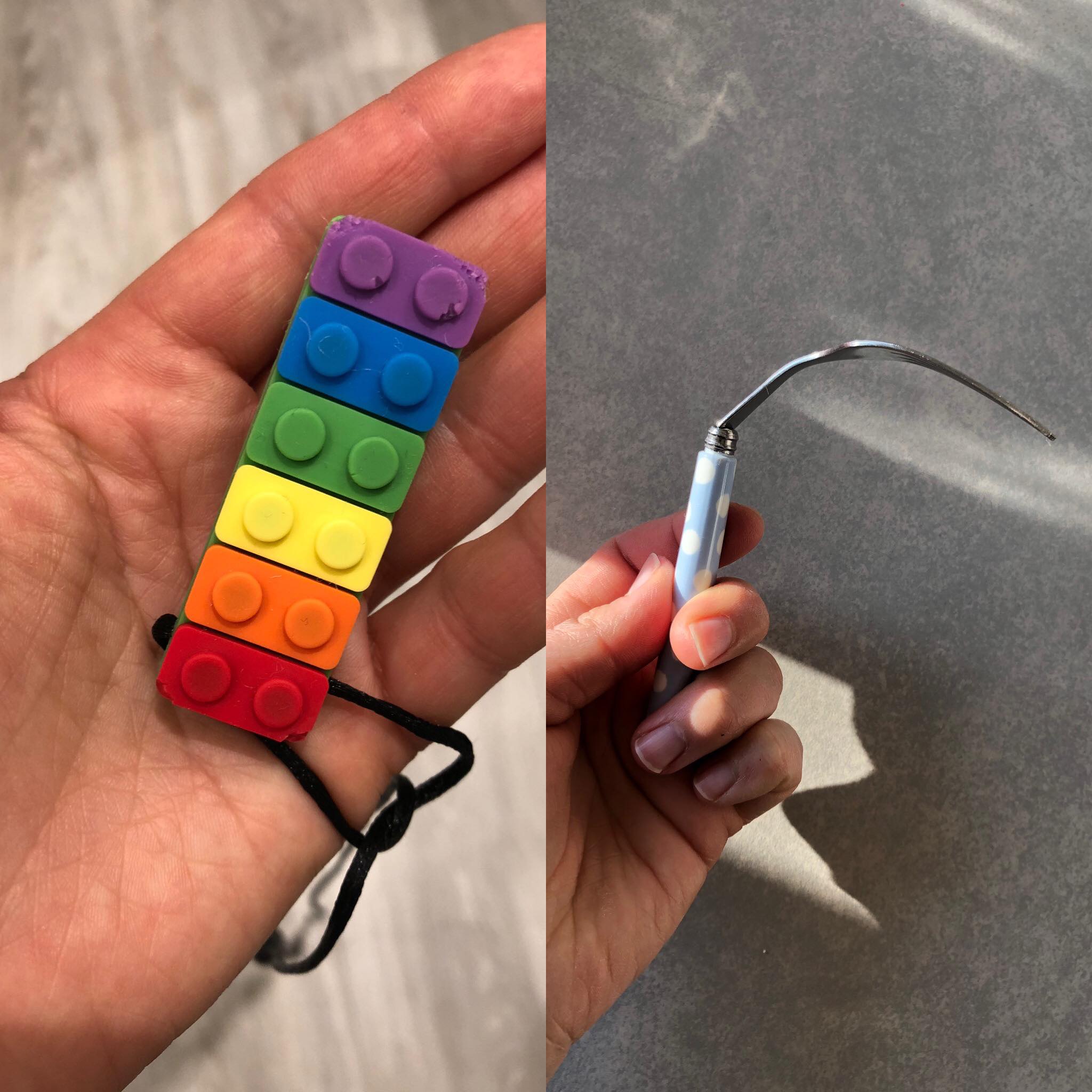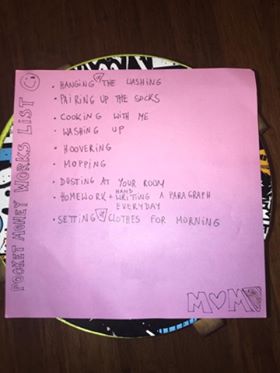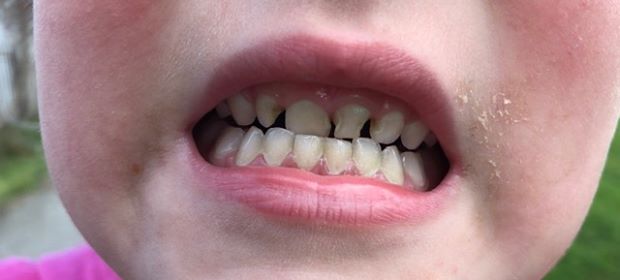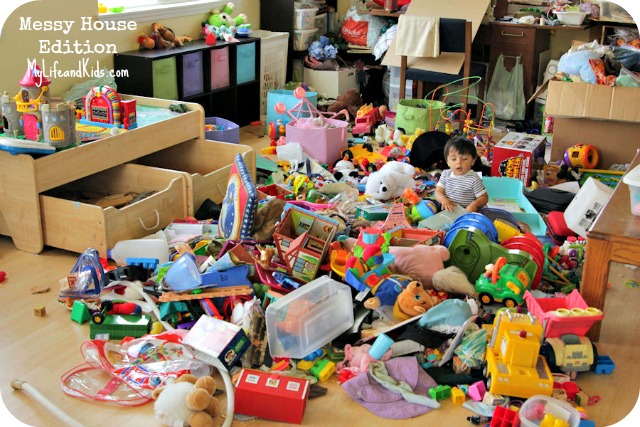Morning
It started as God directed, it could be 4:40 or even 6:40 on the best days (the latter could be counted on the fingers of one hand in three months). If normally children take time to wake up (as we all probably do), it was completely different in this child’s case. When I saw from the camera and the monitor (the heart rate went over a hundred) that the child was already getting up, I had to jump up to get to the room before they flew out of the bed like a jet and started banging against the door (they couldn’t twist the door knob to open the door). The windows were also closed with extra locks so that the child could not open them in any way.
First of all, the night diaper had to be changed to underwear (who knows what effect strong drugs have on the smell of faeces, sometimes can bring tears to the eyes, without exaggeration!). When clothes have been changed, we went downstairs to the playroom although sometimes we stayed in the bedroom, playing their favourite songs on the phone, which they listened to with their head on my lap. At that moment, the favourite songs were from the cartoon Moana (if you search YouTube Moana songs, all the songs come up and they are very good) and the song “Love Train” from the cartoon Trolls Holiday. They really love music and when the favourites, they would sit down peacefully or dance to the songs. At seven o’clock it is time for medicine and breakfast. At first keeping track of which medicine, how much and at what time was a challenge, I had to refer to notes regularly but within a month have proudly committed it all to memory. By now, the younger, two-year-old sibling had also woken up.
The child with special needs was diagnosed with epilepsy, weak muscles (making for an excellent contortionist impression while getting dressed or undressed!), very little speech for their age and a whole series of other problems that cannot be diagnosed at the age of four. In my eyes, it doesn’t matter what the diagnoses are as long as I can find a common language with the child and be sure that we do things that make the child happier.
One good thing about the UK, for example, is that schools have to accept a certain number of children with special needs every year. Of course, this means that the child must have a separate support person who helps and supports in everything (in the case of this child, a teacher quit after the first lesson and seemed would be traumatised for life from this experience!).
Household chores look different with a disabled child too. While I was emptying the dishwasher, they had already started emptying the drawers, searching for a favourite wooden spoon, highly recommended to keep away if you don’t want to get little hit with this! Mealtimes can be tricky where I desperately tried to make it clear that you eat with a fork or a spoon but they used their hands for everything, including yogurt. Sometimes we had success and got to the point of using cutlery, but as soon as I look away hands were on the plate again! One day they became impatient with me and twisted a bent a perfectly good fork out of shape, unfortunately for them it wasn’t the last one in the house. Going outside can be tragicomedy with a disabled child. I asked them to put on socks and shoes, going to the kitchen to fill the my water bottle. Arriving back just a few minutes later, they were standing in the corridor naked and didn’t want to put their clothes back on. Laugh or cry, they have more strength than some ten-year-olds! They have to be motivated to go outside, for example, by going to see the donkeys (the neighbours have two donkeys, which we can feed grass or carrots), look for a bigger tree in the forest, go to the slide in the park near the house, or water the tomatoes and mint in the greenhouse (the child loves water, a blessing and a curse!), some days they even say what they wanted to do and where they wanted to go.
Going outside is, to put it mildly, unpredictable, because their favourite tools were big shovels, brushes, rakes (I offered the children’s ones, but they always left them behind). In the first month in the country house, the favourite thing was to slide down the large soil pile, dig in the soil and throw it around. This happiness was short-lived because the gardener scattered the pile for the pea beds, although this did not save the soil from being dub up again! I’d rather not talk about what the children looked like after rolling around in a pile of dirt, but it was important to me that they had a good time! We were aware of the presence of a washing machine, and in fact, if we left our clothes hanging in the corridor, the next morning we just had to brush off the dried dirt and we could go out again. The joys of living in the countryside, you don’t need to dress your children every morning ready for church on Sunday (in the city you have to look presentable every day, otherwise you will get odd looks if you haven’t put the children in clean clothes).
In three months, the seasons changed and spring became summer. Yes, I was glad that the kids had to wear minimal clothes and the daily struggle of keeping a hat and shoes on was over. I think all children have wellington boots as their favourite shoes, and doesn’t matter if its summer with 35 degree heat. We put up a children’s pool next to the greenhouse. If you wanted a nice afternoon, frolicking in the pool guaranteed it 100%. The older child had to be constantly reminded not to get his head under water, that was his weakness. We also got one attraction besides the pool. A water chute for you try and slide on your stomach with a small inflated rubber mat under your arms. I’m the kind of person who has to show the children everything and try it myself…. the result was the same as jumping into muddy water, but here it must be pointed out that my self-sacrifice was worth it, because EVERYONE, including the children, laughed at my performance for a very long time, and every time we went to the pool, the children wanted me to slide down the chute (I limited it to one time)!
Unbelievable speed…. I will mention here for example that when we went out and I was alone with both children, the smaller one (2 years old) moves 2 km per hour and the bigger one (4 years old) 200 km per hour…. then I had no choice but to grab the smaller one’s arm to rush after the bigger one.
The older child did not have any sense of danger and 95% of the time also probably did not feel pain, because something was constantly happening to him. Once he pulled a big old stone sundial on his leg, which was quite a bit too much for his leg and it was a little swollen and turned a little blue. He had a weakness for walking on the stone wall, he fell down from there unhappily into a small hole on the other side of the wall when the crying was not much after that, probably only due to fright. One evening, they stayed outside with dad while he was pressure washing the driveway, managed to stick a finger in the pressure washer (no one saw exactly how it happened). It was a happy accident, because the chemicals in the pressure washer could have done a lot of damage, but luckily, a few weeks later, after cleaning the base of the nail several times a day, the nail came off (or the child chewed the nail off). The skin under the nail had grown nicely and was not bleeding (probably a new nail should grow, but only time will tell). The park had a super cool playhouse with two different slides. You didn’t even want to go down the bigger slide, when the child loved to come down on their stomach, sometimes so fast that a knock to their chin/stomach was inevitable. Fortunately, the chin remained intact and the games continued. I’m not even going to write here how many minor traumas the child got with their 200 km/h approach, and I probably wouldn’t remember everything.
What was the situation like when a child with special needs did not get what they wanted? The main thing they insisted on all the time was watching TV and certain cartoons (TV time was in the afternoon from four to six o’clock). If they didn’t get their way, they could come at you, hit you, bite you, and eventually lose their temper and scream so that the whole village could hear.
Bathing in the evening was a sport in itself, because the child wanted to dive all the time, which was, of course, life-threatening, and they had seizures before getting in the bath before. At night I watched the camera and heart monitor. If there were changes in the child’s heartbeat, I had to be ready to intervene (depending on the situation, either with medication, but often changing the position was enough).
Anyone who has taken care of a child with special needs or who has a child in their own home who needs special care knows that there is actually a lot of fun and some days are especially good. It was certainly one of the big improvements when I found a particularly strong and durable chew necklace on the internet, because the child chewed their nails to the point of blood, and one of the nails was just recovering from an inflammation that required surgical intervention before the first lockdown arrived. Another really big improvement was that the child started going to the toilet by themselves and “accidents” became rare.
The best moments were when I read books to the children and both listened with great interest. The older child especially liked it when I read each character in a different voice, they started laughing so hard. We also had those moments every day when there were lots of hugs and kisses. The child often asked, are you happy or sad?
If you have empathy and love animals, you can handle a special needs child because they can be very unpredictable, but you know they have no control over themselves and are not doing things on purpose to test your limits and patience.
How big is sibling love?
It is something that cannot be put into words. As far as I know, there is no unit to measure it. Older child’s biggest fan was their little sibling. That sparkle in both of their eyes in the morning when they woke up asking for each other first thing. Although there were many instances where the older one pushed the younger one, here it is worth noting that the hands of the younger one played a big role in provoking the brother. We had a Tonie box on which you could put different animals and then listen to stories, when the little one was being naughty, they would grab the currently playing animal and run off, of course it would lead to a bigger drama and there was no need to wait long for tears. Luckily the Tonies animals are replaceable and fairly bulletproof so didn’t break when it fell – and we didn’t throw it on purpose (https://tonies.com). When the older child had seizures and it took time to get out of them or recover, the younger sibling was always by their side giving them hugs and kisses . Younger one would probably have given away their most expensive toy if the need arose, but the older child did not agree with the generosity of sharing. When you asked if you would share your magnets, my quick answer was “NO” and that was the end of sharing topics.
I am completely honest that the last month in the country house was very difficult, especially mentally, although the body started to give in as well – there were more than one day when I cried a lot in relief, and it helped a little. I usually had 3 hours free in the morning (I slept from being awake at night), 3-4 hours in the afternoon, and on weekends I generally had a little more free time during the day. If I wasn’t sleeping, I was doing consultations by text or video call. I communicated with several families at night, because everyone’s children were asleep and I could respond to questions quickly.
One thing I learned in three months was patience, now it’s probably a higher level of patience and just letting things go without my hair turning grey and my nerves in tatters.
I added pictures and videos to the Instagram account kadiandbabies.






